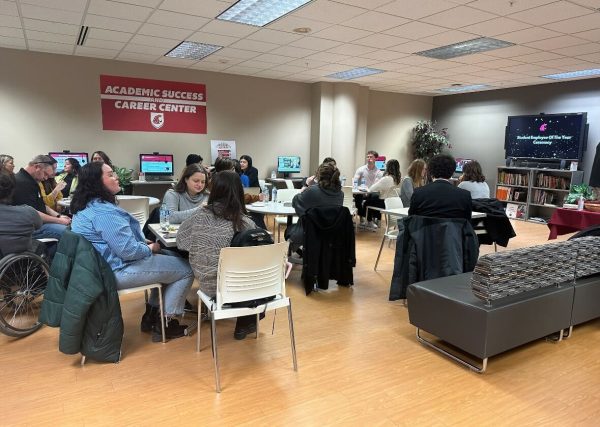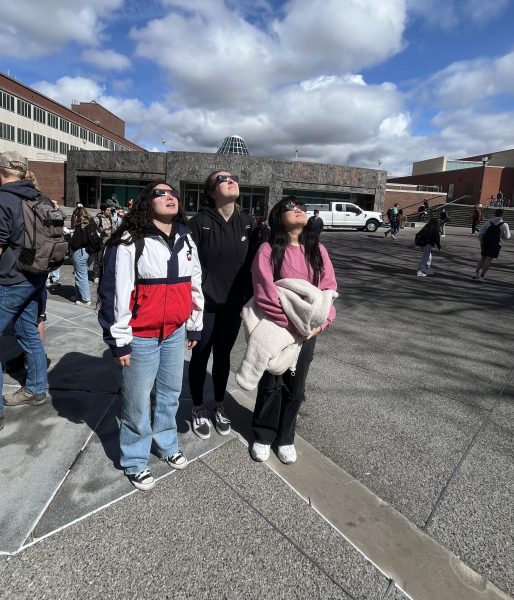Sustainability research center opens doors to India
September 26, 2013
A new sustainability research center partly based at WSU will open up relations between the United States and India.
The research center, a collaborative project for professors at WSU, University of California, Berkley, Syracuse University and three participating institutions in India, recently received two years of funding totaling $162,706. The funds were granted through the Indo-U.S. Forum, an organization looking to increase collaboration between the two countries.
“They have targeted these places where they see industry collaboration happening,” said Guarev Ameta, a WSU professor who helped to establish the center.
Ameta and his colleagues began working together on the idea in 2010. They submitted a request for funding in 2011 which was recently approved.
Ameta said his research and the center focus on sustainable design. This focuses on creation of products and their sustainable use.
He said this is not the typical image that comes to mind in regards to sustainability, which usually involves infrastructure and civil engineering.
“This is different; this is about products,” he said. “How do we use the products? How do we manufacture them?”
He said their goal is to look at the sustainability of a given product during the design process.
This way of looking at sustainability takes into account what Ameta called the three pillars of sustainability: the environmental impact, the social impact and the economic impact. To be truly sustainable, he said, research must incorporate all three.
That is part of the research center’s purpose. It will look at current methods and try to understand how to improve them, all while fostering collaboration, he said.
Regarding methods that to improve upon, Ameta pointed to the Life-Cycle Assessment tool, which judges the environmental impact of a given project. He said the assessment tool uses outdated information. The tool can be used only roughly for now and does not provide concrete information, Ameta said.
Life-Cycle Assessment is good, but a better method is needed to produce relevant data, he said. The problem is the same in India and the U.S., but their methods of retrieving data are different, he said. This is the type of problem Ameta hopes the research center will help resolve.
One of the ways the research center will try to improve methods is through workshops, Ameta said. They will invite field experts to work with professionals and students to identify and solve problems.
Student exchanges will also be a part of the center’s operations, he said. One or two students will go to India, he said, and one or two students from India will come here. The exchange may begin as early as spring when students may travel to India for a week-long program.
Ameta said there will be no workshops that week, but people will have a chance to meet collaborators and see the research center.
Another function of the operation is to develop a teaching module to train future generations of scientists in sustainable design. After two years, when the project’s funding ends, results on teaching modules will be available online.
Ameta is currently working with two students at WSU.





















